Locust beans (Parkia biglobosa) Facts About the Roots, Leaves, Seeds and Bark.

Health Benefits
Locust beans, also known as African locust beans or néré, are the seeds of a leguminous tree called Parkia biglobosa. These flavour-packed legumes are a staple in traditional African, Asian, and South American cuisines.
Its pods, commonly referred to as locust beans, start pink and turn dark brown when fully mature. These pods are 30-40 centimetres long on average, with some reaching lengths of about 45 centimetres.
Each pod can contain up to 30 seeds, embedded in a sweet, powdery yellow pulp.
delve deep into their benefits and nutritional value:
- Rich in Nutrients:
- Locust beans are a rich source of vitamins and minerals, including iron, magnesium, and calcium.
- They also contain antioxidants, which protect against free radicals and inflammation.
- Digestive Health:
- The dietary fibre in locust beans helps regulate bowel movements, prevent constipation, and reduce the risk of gastrointestinal diseases.
- Locust beans are traditionally used to treat various digestive complaints.
- Cardiovascular Health:
- The antioxidants in locust beans contribute to heart health by reducing oxidative stress and inflammation.
- Locust beans may help lower blood pressure and support overall cardiovascular function.
- Immune System Support:
- Locust beans contain compounds that may enhance immune responses.
- They are used in traditional medicine to treat parasitic infections and other health conditions.
- Cooking with Locust Beans:
- Locust beans add a savoury flavour to soups, stews, and other dishes.
- Explore traditional African recipes or get creative with modern culinary creations.
Medicinal uses of locust beans
- Antibacterial and Antiviral Properties:
- Locust beans contain tannins, which help remove harmful microbes from the body. They fight against bacteria, viruses, and even fungi.
- These tannins contribute to an excellent natural defence against microbial infections.
- Gut Health and Digestion:
- The carbohydrates in locust beans are soluble fibre, which promotes gut health.
- Locust beans are often recommended for treating diarrhoea due to their tannin content.
- Cancer-Fighting Properties:
- Rich in antioxidants such as carotenoids, phytic acid, saponin, and phenols, locust beans may help lower the risk of cancer.
- These compounds have been noted for their cancer-fighting abilities.
- Kidney Function and Immune Support:
- Locust beans promote kidney function and overall well-being.
- They also boost the immune system due to their beneficial compounds.
- Bone Health and Blood Pressure Regulation:
- Tannins in locust beans accelerate blood clotting and help regulate blood pressure.
- Additionally, they contribute to bone health.
- Veterinary Use:
- In veterinary medicine, a root decoction from locust beans is used to treat coccidiosis in poultry.
Medicinal uses of locust bean bark
- Treatment of Parasitic Infections:
- Locust bean bark is commonly employed in traditional medicine to address parasitic infections.
- Its natural compounds may help combat harmful parasites within the body.
- Circulatory System Disorders:
- Locust beans have been used to manage arterial hypertension and other circulatory system issues.
- The bark contains bioactive substances that contribute to overall cardiovascular health.
- Respiratory System Benefits:
- Locust bean bark is utilized in treating respiratory disorders.
- It may alleviate symptoms related to respiratory conditions.
- Digestive System Support:
- The bark is also beneficial for digestive health.
- It may help soothe gastrointestinal discomfort.
- Wound Healing and Skin Health:
- Locust bean bark has wound-healing properties.
- It can be applied externally to promote skin recovery.
- Other Uses:
- Locust bean bark serves as an ingredient in treating leprosy.
- In Côte d’Ivoire, a decoction of the bark is used as a hot mouthwash to relieve toothache.
- Additionally, green locust bean pods are crushed and added to rivers to kill fish.
Medicinal Uses of the Locust Bean Leaves
- Skin Health and Infections:
- Locust bean leaves can be infused, soaked, and used for bathing by individuals suffering from skin infections.
- They can also be applied externally to soothe burns.
- Traditional Medicine:
- In West Africa, various parts of the locust bean tree, including the bark, roots, leaves, flowers, fruits, and seeds, are commonly used in traditional medicine.
- Medicinal applications include treating parasitic infections, circulatory system disorders (such as arterial hypertension), and issues related to the respiratory system, digestive system, and skin.
- Veterinary Use:
- In veterinary medicine, a root decoction from locust beans is employed to treat coccidiosis in poultry.
Locust Beans Seeds
- Cooking Condiment:
- Iru is mainly used as a condiment for cooking in West Africa.
- It adds a unique and savoury flavour to soups, stews, and other dishes.
- Yorubas classify iru into two types: Iru Woro (used for stew) and Iru Pete (used for ewedu and egusi soup).
- Balancing Flavors:
- When infusing soups and stews, locust beans bring their own complexity to the dish.
- They help balance and heighten the accompanying flavours.
- Health Benefits:
- Reduces Risk of Diabetes:
- Studies show that locust beans can lower bad LDL cholesterol while increasing good HDL cholesterol.
- It has a blood sugar-lowering effect similar to an anti-diabetic drug.
- Promotes Good Eyesight:
- Locust beans contain essential nutrients like potassium and ascorbic acid.
- These nutrients contribute to eye health.
- Antimalarial and Antibacterial Properties:
- Locust beans have compounds with antimicrobial effects.
- They may help protect against infections.
- Hypertension Prevention:
- The plant is used to treat hypertension.
- It contains medicinal properties beneficial for cardiovascular health.
- Reduces Risk of Diabetes:
- Preparation Tips:
- Soak the Beans: To soften the beans and make them easier to mash, soak them in water overnight before using them in your recipes.
- Use in Moderation: Locust beans have a strong flavour; start with a small amount and adjust the seasoning to taste
Remember that traditional medicinal practices often combine various parts of the locust bean tree, including the bark, leaves, flowers, fruits, and seeds. Moderation and informed use are essential for harnessing the benefits of this remarkable tree!
How to use the Locust Beans for Treatments
The locust bean plant (also known as African locust beans, iru, ogiri, or dawa dawa) has been valued for its various medicinal uses. Let’s explore how different parts of this remarkable plant can be utilized for treatment:
-
- Locust Bean Gum (Carob Gum):
- Origin and Uses: Locust bean gum is extracted from the seeds of the carob tree (Parkia biglobosa). Despite its misleading name (as it has nothing to do with locusts), it is a vegan product commonly used as a natural thickener in food production.
- Health Benefits:
- High in Fiber: The gum is rich in soluble fibre (galactomannan polysaccharides), which aids digestion, softens stool, and reduces constipation.
- Heart-Healthy: Soluble fibre can bind to dietary cholesterol, preventing its absorption into the bloodstream.
- Vegan-Friendly: It’s an excellent plant-based thickener for vegan desserts like nondairy ice cream and yoghurt.
- Dermatological Care:
- Leaves, Bark, and Pod: Infusions or soaks made from the leaves, bark, and pods of the African locust beans can be used for bathing. They are beneficial for individuals suffering from skin infections, including leprosy and sores. The bark can also soothe burns
- Pharmacological Properties:
- Antimalarial, Antibacterial, and More: Different extracts of locust beans exhibit antimalarial, anti-helminthic, antibacterial, antidiabetic, anti-inflammatory, and antioxidant properties. They may also have anti-carcinogenic effects.
- Hyperglycemia and Hyperlipidemia: African locust beans can serve as prophylaxis and remedies for diseases caused by high blood sugar and lipid levels, such as diabetes and coronary heart disease
- Locust Bean Gum (Carob Gum):
Side effects of Locust beans (Parkia biglobosa) plant
it’s essential to consider potential side effects. Here are some points to keep in mind:
- Individual Allergies:
- Some individuals may be allergic to locust beans.
- If you experience any adverse reactions after consuming them, such as skin rashes, itching, or gastrointestinal discomfort, consult a healthcare professional.
- Digestive Disturbances:
- Locust beans are rich in tannins, which can be astringent and affect digestion.
- Excessive consumption may lead to constipation or other gastrointestinal issues.
- Moderation:
- As with any food, moderation is key.
- Avoid excessive consumption to prevent potential side effects.
- Interactions with Medications:
- If you are taking medications, especially for blood pressure or cholesterol management, consult your doctor before incorporating locust beans into your diet.
- They may interact with certain medications.
- Toxicity:
- While locust beans are generally safe, excessive consumption could lead to toxicity due to their tannin content.
- Stick to recommended amounts.
Remember that individual responses can vary, and it’s essential to listen to your body. If you have any concerns or experience unusual symptoms, seek professional advice.

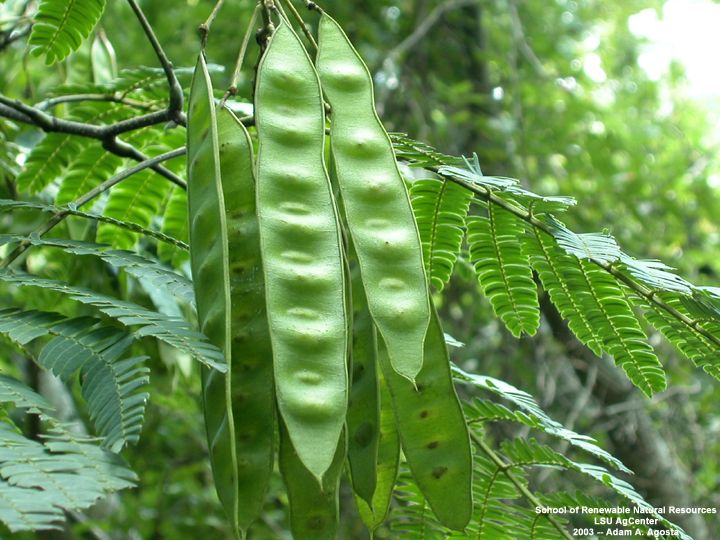
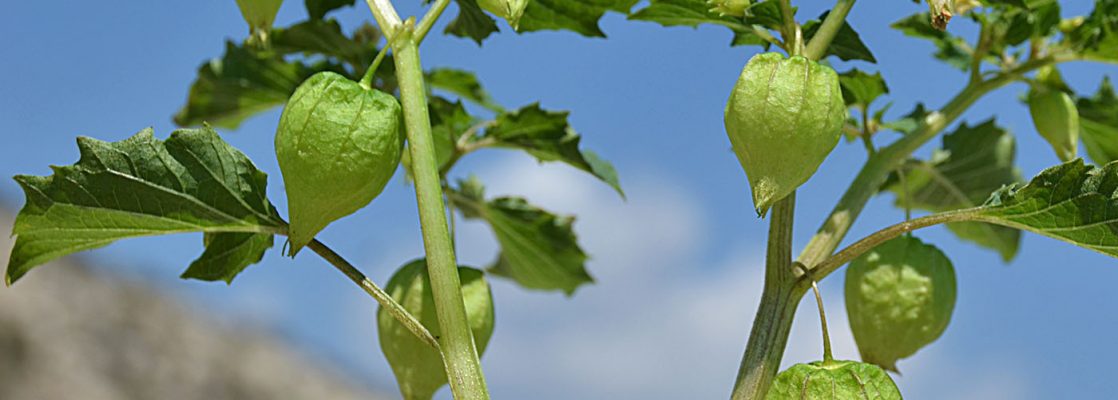
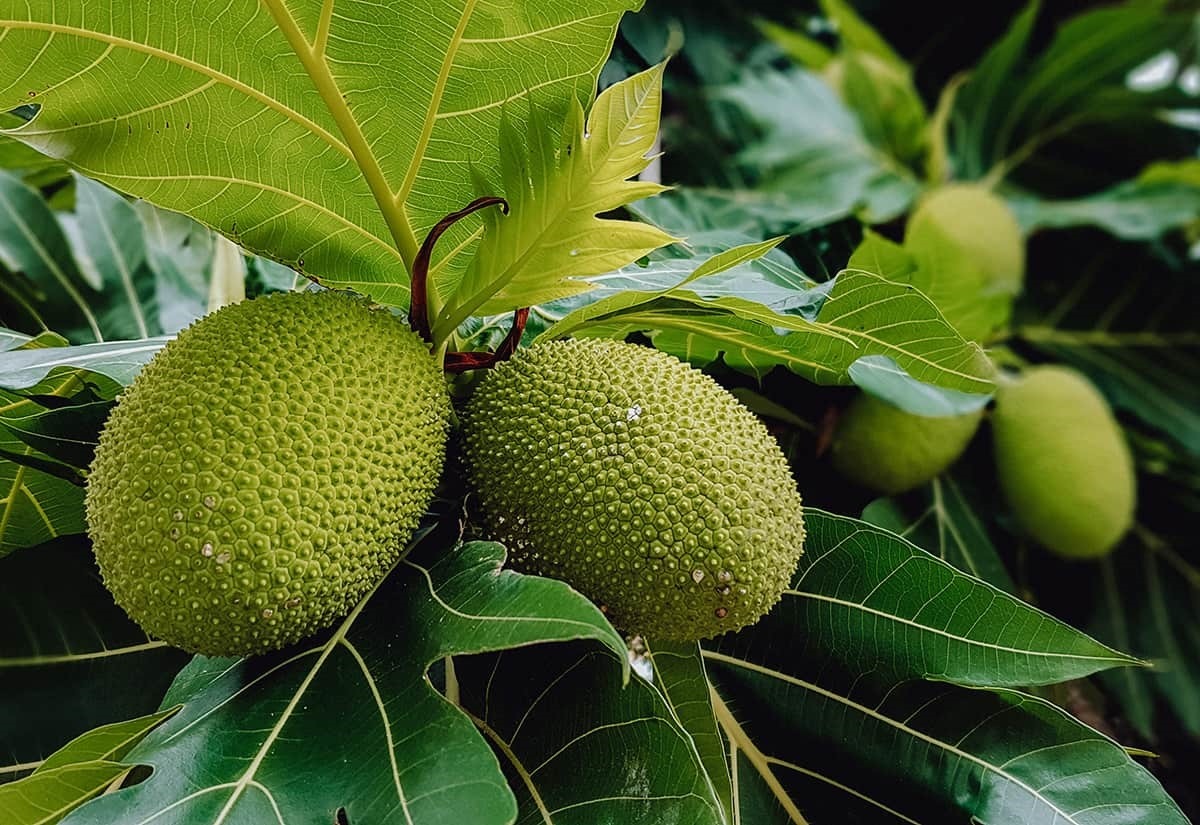
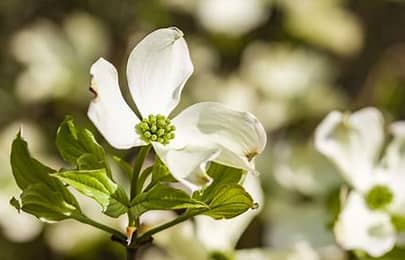

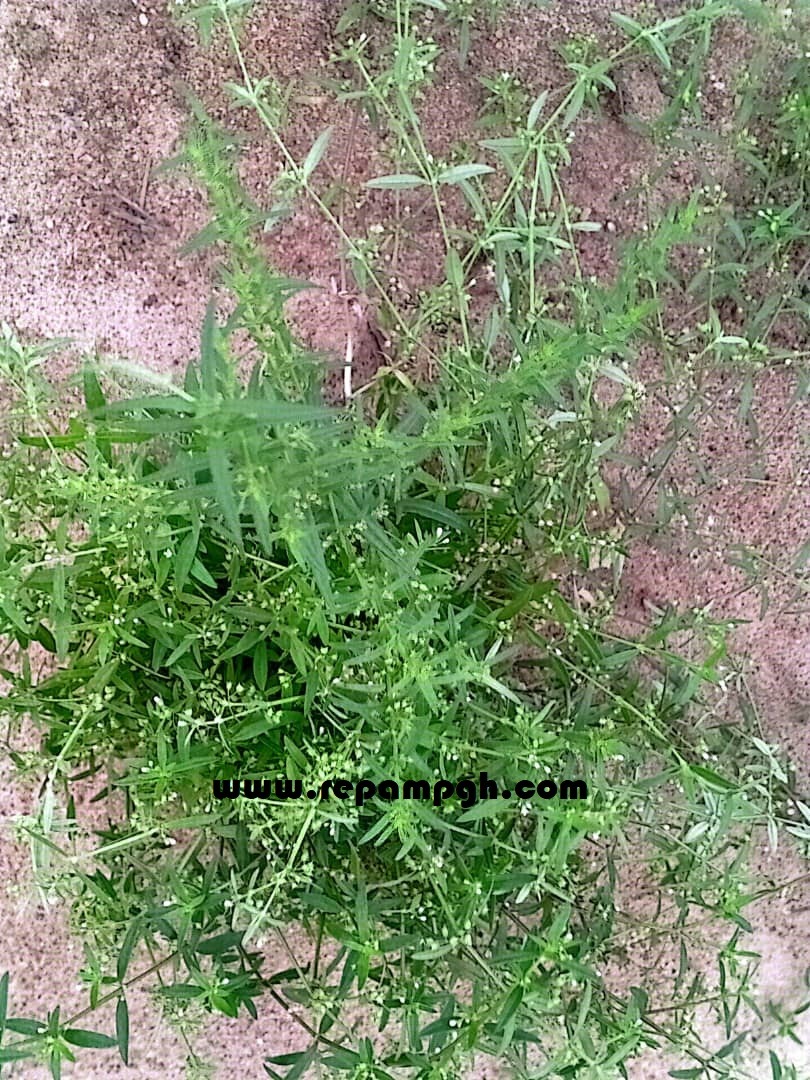
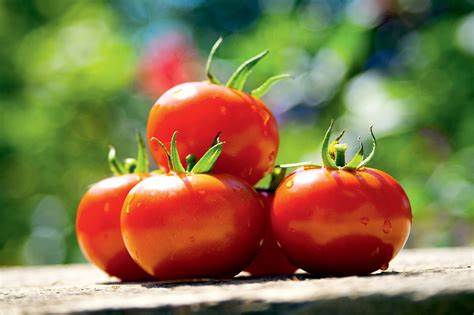

Review Locust Beans (Parkia biglobosa).
You must be logged in to post a review.